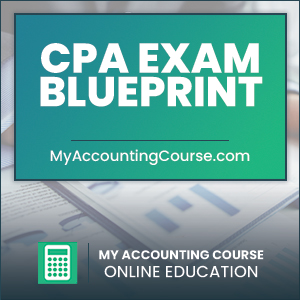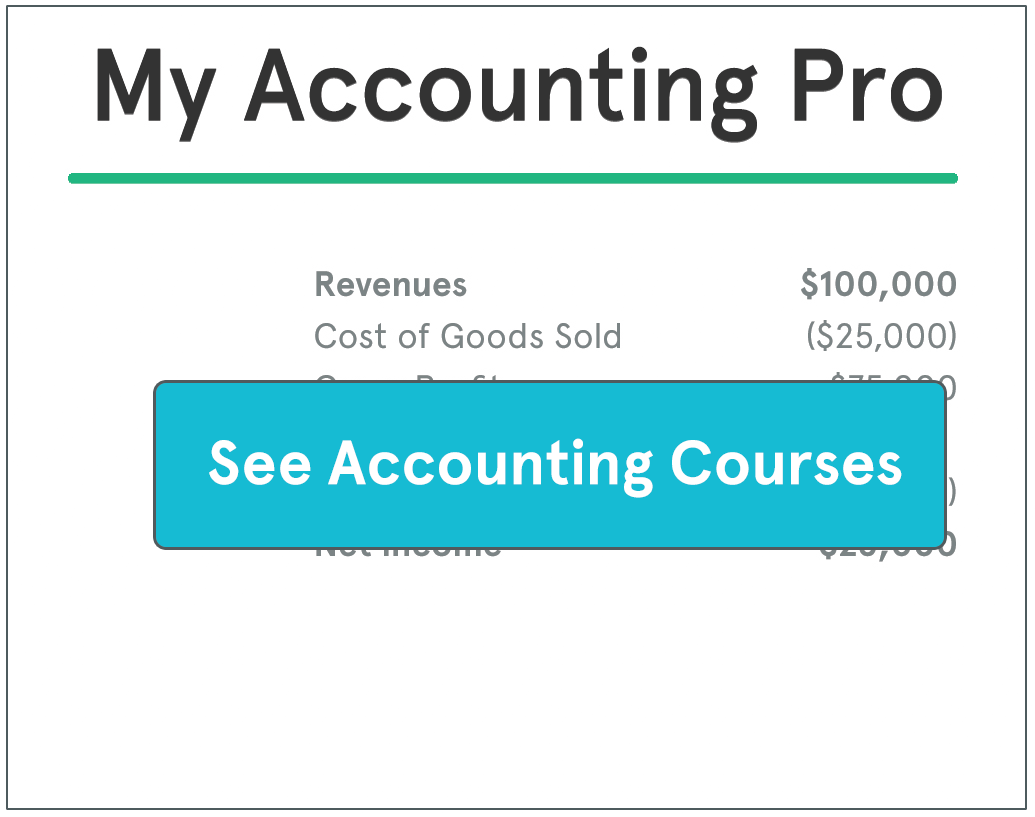 The Certified Public Accountant (CPA) exam is a rigorous assessment designed to evaluate a candidate’s knowledge and skills across various accounting and business disciplines. To help candidates prepare effectively, the American Institute of Certified Public Accountants (AICPA) provides a detailed CPA exam blueprint.
The Certified Public Accountant (CPA) exam is a rigorous assessment designed to evaluate a candidate’s knowledge and skills across various accounting and business disciplines. To help candidates prepare effectively, the American Institute of Certified Public Accountants (AICPA) provides a detailed CPA exam blueprint.
This document serves as a roadmap, outlining the topics, skills, and weightings for each exam section. Understanding the blueprint is crucial for efficient preparation and a successful outcome.
This guide provides an in-depth look at the CPA exam blueprint, its structure, and how candidates can use it to maximize their study efforts.
What Is the CPA Exam Blueprint?
Contents
The CPA exam blueprint is a comprehensive document developed by the AICPA to guide candidates on what to expect during the exam. It details the topics covered in each section, the relative importance of each area, and the skills that candidates must demonstrate to pass. By providing transparency into the exam’s structure and content, the blueprint helps candidates focus their preparation on high-priority areas.
The blueprint is updated periodically to reflect changes in the accounting profession, ensuring that the exam remains relevant to current industry standards and practices.
Structure of the CPA Exam Blueprint
The CPA exam blueprint is divided into four sections, corresponding to the four parts of the CPA exam:
1. Auditing and Attestation (AUD)
This section tests a candidate’s knowledge of auditing procedures, ethics, and professional responsibilities. The blueprint breaks down the content into topics such as:
- Ethics, independence, and professional conduct
- Risk assessment and internal controls
- Planning and execution of audits
- Reporting and documentation
The AUD blueprint emphasizes application and analysis skills, as candidates must evaluate and interpret audit evidence to form conclusions.
2. Business Environment and Concepts (BEC)
BEC focuses on the broader business environment and evaluates a candidate’s ability to apply business concepts in real-world scenarios. Key areas outlined in the blueprint include:
- Corporate governance
- Economic concepts and analysis
- Financial management
- Information technology
Written communication tasks are unique to the BEC section and require candidates to draft professional responses to business scenarios.
3. Financial Accounting and Reporting (FAR)
The FAR section is the most comprehensive, covering financial reporting standards for various entities. The blueprint categorizes the content into areas such as:
- Conceptual framework and financial reporting
- Specific transactions, including revenue recognition and leases
- Financial statements for governmental and non-profit organizations
FAR requires a deep understanding of accounting principles and significant practice with task-based simulations.
4. Regulation (REG)
REG examines a candidate’s knowledge of taxation, business law, and professional ethics. The blueprint details topics such as:
- Federal taxation of individuals, businesses, and property transactions
- Business law, including contracts and agency
- Professional ethics and legal responsibilities
Memorization and practical application of tax laws are critical for success in this section.
Skills Tested in the CPA Exam Blueprint
The CPA exam blueprint categorizes skills into four levels, emphasizing a shift from rote memorization to higher-order thinking:
- Remembering and Understanding: Testing the ability to recall and comprehend concepts and principles.
- Application: Evaluating the ability to apply knowledge to specific tasks or scenarios.
- Analysis: Assessing the ability to analyze data, identify issues, and draw conclusions.
- Evaluation: Requiring candidates to assess information and form judgments based on evidence.
Each section of the CPA exam prioritizes these skills differently, with FAR and REG leaning heavily on application and analysis, while AUD and BEC incorporate more evaluation and communication tasks.
How to Use the CPA Exam Blueprint
The blueprint is an invaluable resource for CPA candidates, providing clarity on what to study and how to approach the exam. Here’s how to make the most of it:
Identify High-Priority Topics
Review the content areas and their weightings to prioritize your study efforts. For example, FAR places significant emphasis on financial reporting for businesses, so allocating more time to this area can boost your score.
Focus on Skill Development
Understand the skills emphasized in each section and tailor your preparation accordingly. For example, if a section prioritizes analysis, practice solving complex problems and interpreting data.
Align Study Materials with the Blueprint
Ensure that your CPA review course or study materials align with the blueprint. Cross-reference the topics and skills covered to ensure comprehensive preparation.
Practice with Task-Based Simulations
The blueprint highlights the importance of task-based simulations, which require candidates to apply knowledge in practical scenarios. Use practice exams and simulations to build confidence and improve performance.
Monitor Updates
Stay informed about changes to the blueprint. The AICPA updates the document periodically to reflect evolving industry standards, so ensure your preparation aligns with the latest version.
Benefits of Understanding the CPA Exam Blueprint
Familiarizing yourself with the blueprint offers several advantages:
Efficient Preparation: By focusing on high-priority areas, you can study more effectively and maximize your score.
Reduced Anxiety: Knowing what to expect on the exam reduces uncertainty and builds confidence.
Improved Time Management: Understanding the relative importance of topics helps you allocate study time strategically.
Alignment with Industry Standards: The blueprint ensures that your knowledge and skills are relevant to current professional expectations.
Frequently Asked Questions
What is the purpose of the CPA exam blueprint?
The blueprint provides transparency into the exam’s structure and content, helping candidates understand what to study and how to approach each section.
How often is the blueprint updated?
The AICPA updates the blueprint periodically to reflect changes in accounting standards, technology, and professional practice. Candidates should check for updates regularly.
Where can I access the CPA exam blueprint?
The blueprint is available on the AICPA’s official website as a free download.
Do all review courses follow the blueprint?
Reputable CPA review courses align their materials with the blueprint to ensure comprehensive coverage of exam topics and skills.
Bottom Line
The CPA exam blueprint is an essential tool for candidates, offering a clear and detailed guide to the exam’s content and structure. By understanding the topics, skills, and weightings outlined in the blueprint, candidates can create a focused study plan, build confidence, and enhance their chances of success.
Staying informed about updates and using the blueprint as a roadmap ensures that your preparation aligns with current professional standards. With strategic planning and a thorough understanding of the blueprint, you can approach the CPA exam with clarity and achieve your goal of becoming a Certified Public Accountant.


